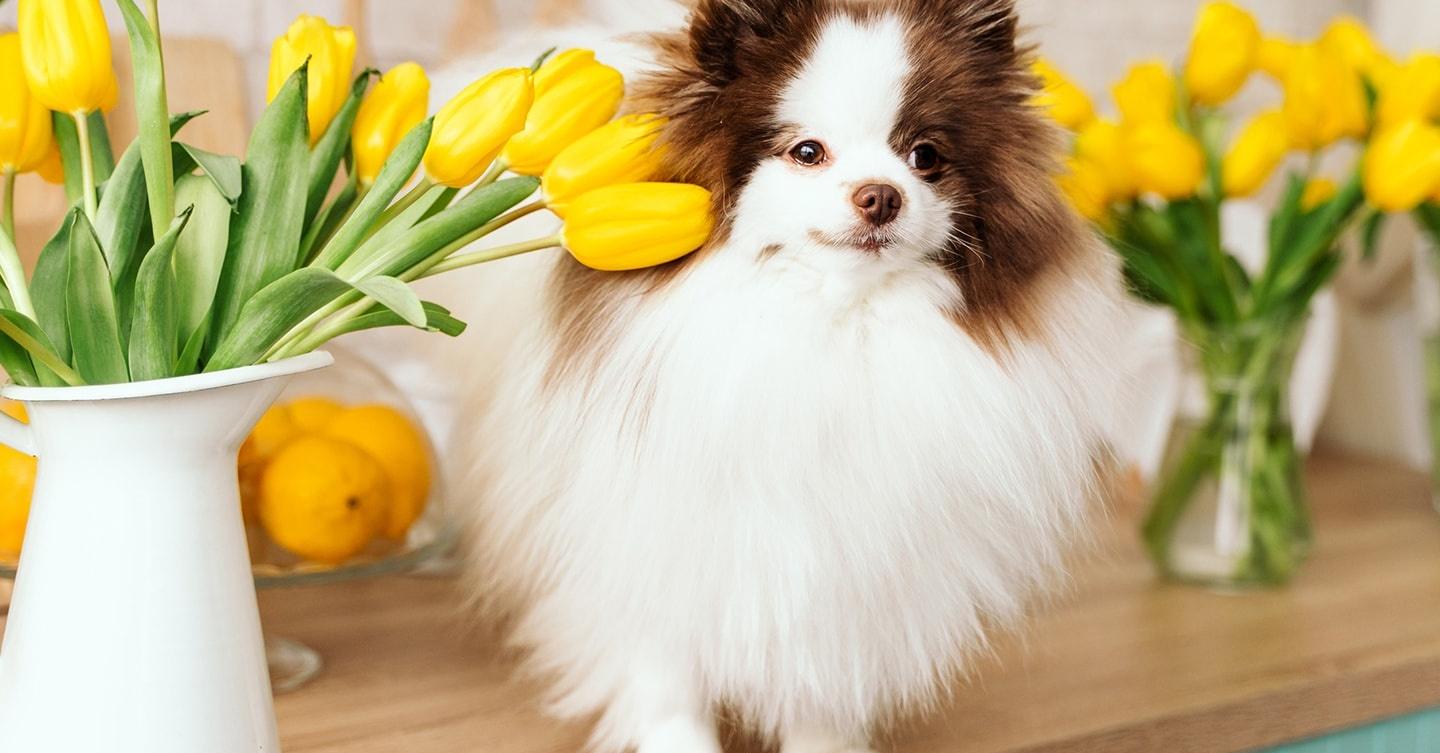Pets bring immense joy and companionship to our lives. Whether you have a frisky feline or a bouncy canine, creating a safe and comfortable environment for your furry friend is essential. Just like childproofing your home is crucial for the safety of your kids, pet-proofing your home ensures that your beloved pets can roam freely without encountering potential hazards. In this article, we’ll explore some valuable tips on how to pet-proof your home and provide peace of mind for both you and your four-legged companions.
Secure Hazardous Areas
One of the first steps in pet-proofing your home is to identify and secure any hazardous areas. Pets are naturally curious, and they may explore cabinets, closets, or other tight spaces. Ensure that cabinets containing cleaning products, chemicals, and medications are locked or fitted with childproof latches to prevent accidental ingestion. Additionally, use baby gates to block off stairs and other areas that might pose a risk to your pets.
Hide Electrical Cords
Electrical cords can be tempting chew toys for cats and dogs, leading to serious injury or even electrocution. To prevent this, bundle and hide cords as much as possible or use cord protectors. You can also consider using bitter-tasting pet-safe sprays to deter your furry friend from gnawing on cords.
Remove Toxic Plants
Certain plants are toxic to pets when ingested. Research and identify any potentially harmful indoor and outdoor plants in your home and garden. Replace them with pet-friendly alternatives or place them out of reach. Some common toxic plants include lilies, poinsettias, and philodendrons.
Lock Away Trash and Hazardous Food
Pets have a knack for getting into the trash, which can lead to them ingesting harmful substances or choking on small objects. Invest in a pet-proof trash can or store your trash in a cabinet with a secure latch. Also, be cautious about leaving out human food that is toxic to animals, such as chocolate, grapes, and onions.
Invest in Pet Insurance
While pet-proofing your home is crucial for preventing accidents, it’s essential to prepare for unexpected health issues as well. Pet insurance can provide financial protection in case your furry friend falls ill or gets injured. Having pet insurance can ease the financial burden of veterinary bills and ensure that your pet receives the best possible care. Look for a policy that suits your pet’s needs and your budget, as there are various options available.
Secure Garbage Bins
Garbage bins can contain tempting smells and discarded food scraps that may attract your pet’s attention. To avoid them digging into the trash, invest in bins with secure lids or keep them in a locked pantry or cupboard.
Check for Small Objects
Small objects like buttons, coins, or rubber bands can be a choking hazard for pets. Ensure that these items are stored safely away from your pet’s reach. Regularly inspect your home for any small objects that may have been dropped or left within their grasp.
Provide Safe Toys and Chews
Give your pets plenty of safe toys and chews to keep them engaged and deter them from destructive behaviors. Opt for toys that are specifically designed for your pet’s size and breed, and regularly inspect them for signs of wear and tear to prevent choking hazards.
Conclusion
Pet-proofing your home is an essential part of responsible pet ownership. By taking these precautions, you can create a safe haven for your furry friends, reducing the risk of accidents and ensuring their well-being. Don’t forget to consider pet insurance as a crucial part of your pet’s safety net, providing you with peace of mind and financial protection in case of unexpected health issues. With a pet-proofed home and proper insurance coverage, you can enjoy many happy years with your beloved pets.
